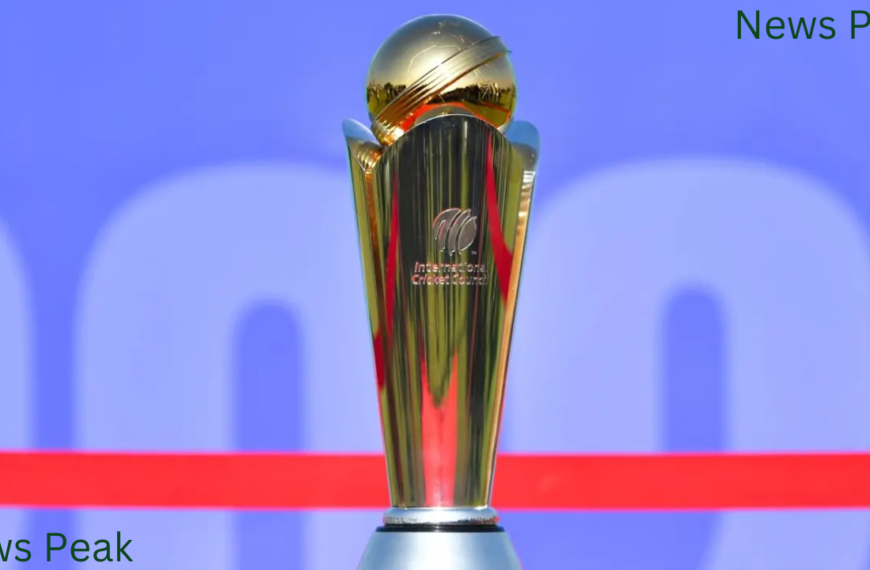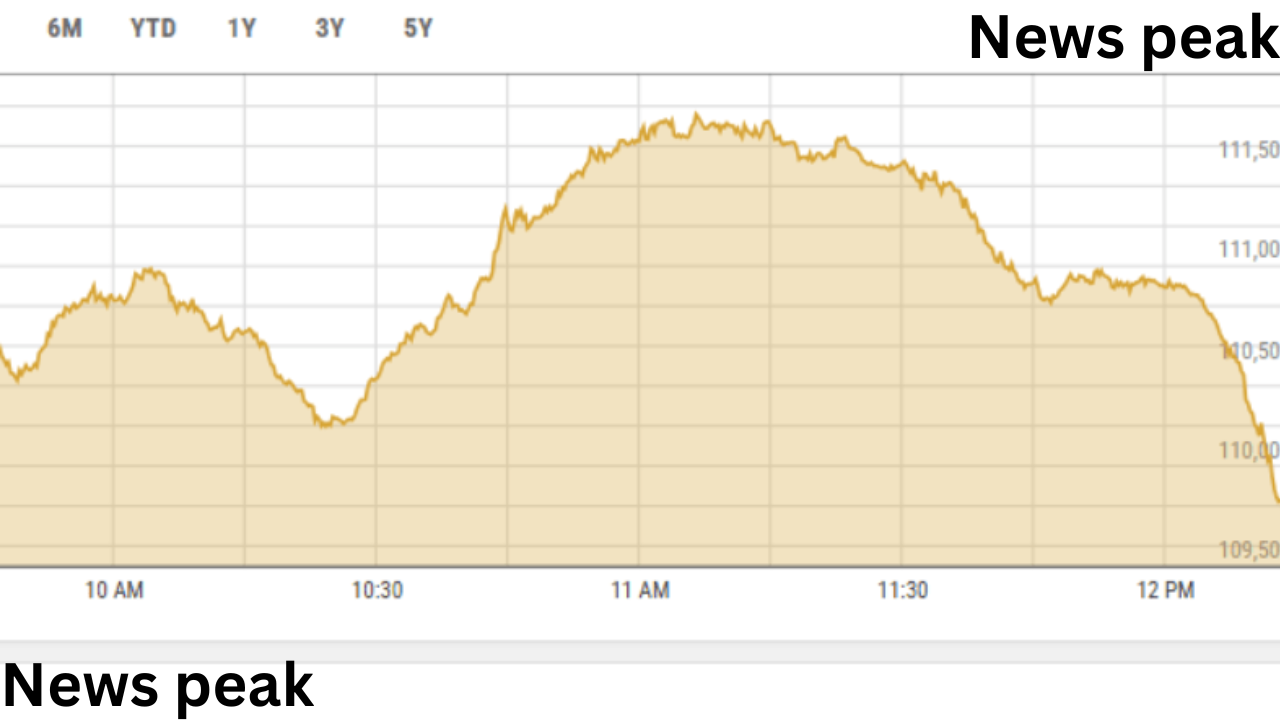
From his lavish purchases to how he met his ex-wife, Melinda, here are some facts about the Microsoft billionaire.
A young programmer named Bill Gates left Harvard University in 1975 to start a business called “Micro-soft” with Paul Allen, a friend from his youth. With its technological advancements, the company went on to spark a personal computer frenzy and achieve tremendous success. Here are seven facts about the well-known co-founder of Microsoft:
As a child, he showed an incredible level of intelligence.
At the age of eight, Gates devoured the massive World Book Encyclopedia set, but it was in his church confirmation class at the age of eleven that he made what may have been his greatest impact. Reverend Dale Turner gave his students an annual challenge to memorize the Sermon on the Mount, or chapters 5-7 of the Book of Matthew. The students who succeeded were given dinner atop the Space Needle. Reverend Turner was astounded when Gates had his turn because the youngster repeated the roughly 2,000-word book flawlessly. In the end, 31 of his classmates were able to dine at the Space Needle Restaurant, but Gates was the only one who performed flawlessly.
Microsoft was not the first business partnership between Gates and Allen
They were Lakeside High School computer whizballs who created a payroll application for Information Sciences Inc. Soon afterward, they devised a method to simplify the traffic flow measurement process. In the current format, each time a car passed, a pressure-sensitive tube punched a sequence into paper tape. The data were then recorded to computer cards. The “Traf-O-Data” computer was created by Gates and Allen to read and analyze the paper cassettes after they managed to scrape together $360 for a microprocessor chip. The aspiring business owners discovered that, despite the Traf-O-Data’s general effectiveness, they were much more skilled at creating that kind of device than marketing it. Since then, Allen has cited that encounter as a key teaching moment regarding the significance of a business model.
Without a competitor’s help, his career would have gone quite differently.
Gates recommended Gary Kildall of Digital Research Inc. to IBM when the computer giants approached him in 1980 to create a 16-bit operating system for their new personal computer. But when the IBM representatives arrived, Kildall was already flying his plane, and Dorothy, his wife and business partner, objected to signing a non-disclosure agreement. Gates leased a comparable operating system from another business and repackaged it as DOS for IBM after realizing that an opportunity was passing him by. Through MS-DOS and later Windows, the development helped Microsoft become the leading brand in PC operating systems, and its president became a millionaire by the age of thirty-one.
At Microsoft, he met Melinda, his ex-wife.
At an Expo trade-fair dinner, Melinda French, a recent Duke graduate, sat next to the company’s major boss and remembered him as “funnier than I thought he’d be.” They met in a Microsoft parking lot a few months later, and two weeks after, Gates asked her out. When Gates called an hour later and requested a meeting for that evening, French gave in to his pressure, stating that she had no idea what she was doing in two weeks. For years, their relationship was kept a secret within the corporation, but by 1993, it had been revealed, and on New Year’s Day 1994, they were married in Hawaii. In May 2021, they made their divorce public.
He has purchased a number of expensive purchases.
His purchases of a Leonardo da Vinci diary known as the Codex Leicester and the Winslow Homer painting “Lost on the Grand Banks,” which cost $36 million and $30 million, respectively, top that list. He also spent $21 million on a private jet, which makes sense for a man with so much international business. Then there’s his Medina, Washington, estate: The 66,000-square-foot colossus, known as “Xanadu 2.0,” is valued at over $120 million and features a trampoline room, a private beach, an Art Deco home cinema, and a 60-foot pool with an underwater sound system.








